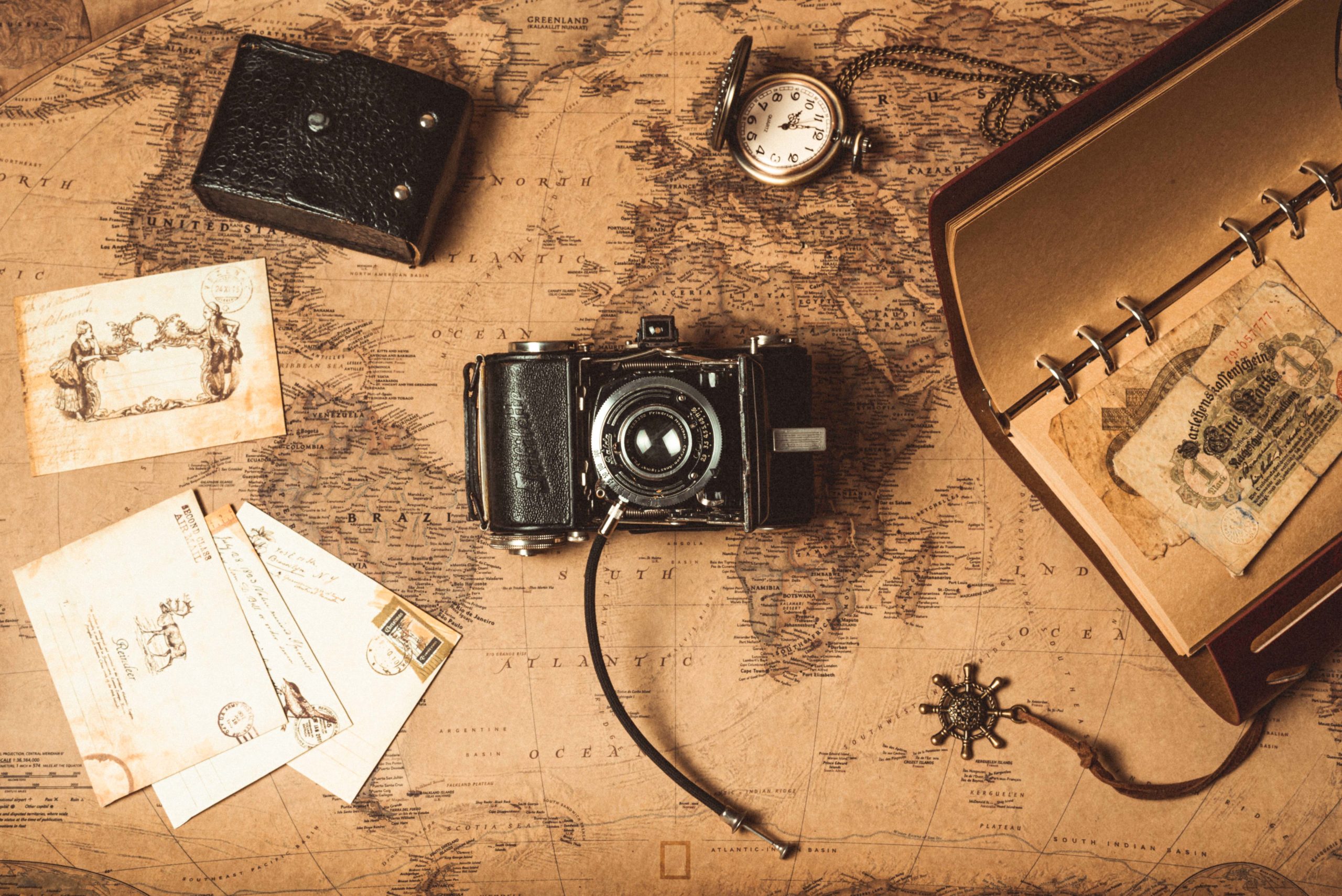An essential guide of Travel Photography for Beginners
Everybody start from zero with no knowledge or experience in this field. Like me some years ago when i took my first film camera without know about basics. So for them who are in the same situation, i write down some basics elements that I think are like guidelines of travel photography for beginners. I’m not intent to telling you all you need to know to capture perfect pictures and stunning images while traveling. Instead, I hope to help you to find your own means to better expressing what your travels have meant to you and present that in the best light possible.
The Basics of Photography
Whether you’ve got as new or old camera, digital or analog, the basic principles of photography are the same. Below I write the essential elements that you need to start. Are many argument, and each one need more explanation that i will do in separated post. I start form the boring ones..
Exposure
Exposure refers to the amount of light that enters the camera and hits the digital sensor. Basically, it is a measure of how dark or bright a photograph is. Three elements determine a photo’s exposure a shutter speed along with aperture and Sensibility of Light (Called ASA or ISO speed). If the image is too bright, it is overexposed. Too much light has been allowed to hit the sensor. If it is too dark, it is underexposed. Not enough light has been allowed to hit the sensor. Exposure is measured in ‘stops’.
Shutter Speed
Shutter speed is one of the three elements that determine a photo’s exposure and controls how sharp your photos are. Also, lets you introduce lots of interesting creative effects into your shots. Inside your camera there is a small flap called the shutter. When you take a photo, this opens and closes to let light reach the sensor, creating your image. Shutter speed describes how quickly or slowly the shutter opens and closes again. So a fast shutter speed means that the shutter is only open for a short period of time; a slow shutter speed means the shutter is open for longer. They are measured in seconds, or fractions of a second.
Aperture / Depth of Field
Aperture can be defined as the opening in a lens through which light passes to enter the camera. The size of this opening can be adjusted and the aperture size is measured in f-stops. The image on the right shows you exactly what the aperture on a lens looks like.
So when you change the f-stop value, you also change the size of the opening. The higher the f-stop, the smaller the opening.
Sensibility of Light or ISO
The ISO refers to how sensitive the digital sensor in your camera is to light. The lower the ISO number, the less sensitive it is to light. Setting a higher ISO number increases the sensitivity of your camera sensor to light. Most cameras have ISOs ranging from about 50 or 100 ISO right up to 16,000 ISO or higher.
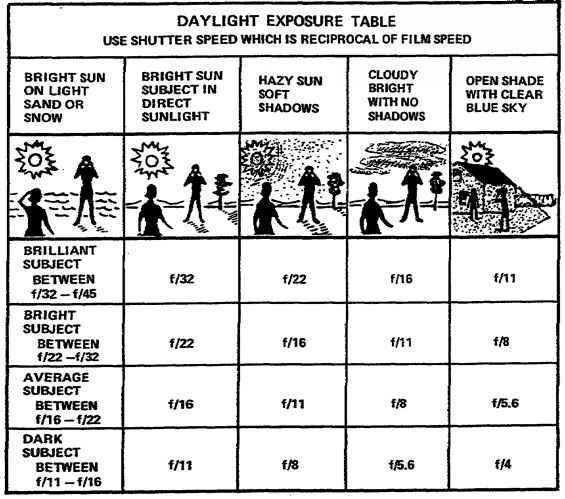
Composition
Understanding composition is a critical part of taking a good photo. In few words refers to the arrangement of elements used. It means paying attention to what will be photographed, how it is placed in relationship to other objects in the image, and how well the subject matter is expressed. Good composition adheres to many different rules, not in a regulatory way but as proven guidelines. It also uses a variety of techniques to achieve these goals. Here are a few basic rules that can easily make your photos stand out from the crowd: rules of thirds, fill the frame carefully, simplify and focus and use naturally occurring lines and frames.
Light
Without a right day light you gonna have a serious problem when you photograph. And you have to understand and study the different types and when you have to used.
Sunlight comes in many different temperatures and intensities throughout the day, and to understand how to use these different types of natural light is absolutely essential. You’ve probably heard that the best time to capture is the golden hour. It is the time marked as the hour before sunset and after sunrise when the sky takes on a golden color. Instead during midday when the sun is high in the sky and at its harshest. Indeed you’ll lose saturation and have to deal with dark shadows and direct overhead light, which is not particularly flattering. At this time of the day most of the time is better using artificial light. Anyway you can have use the dark shadows with some composition creativity, or artificial light! Instead in the night is about more timing, spot and good tripod
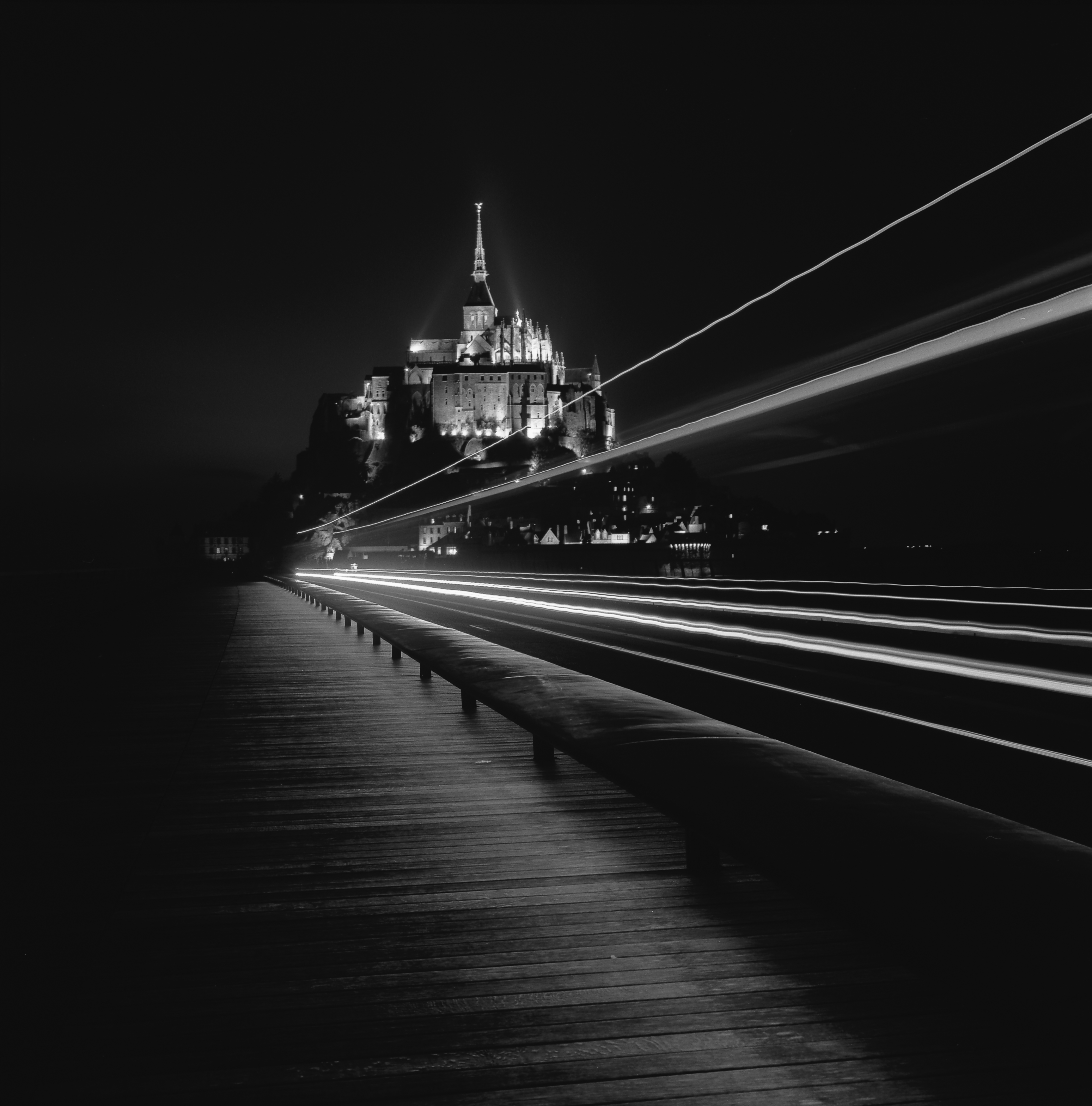
Photography Workshop Brittany
Brittany & Normandy for Every Level Photography
Take a Look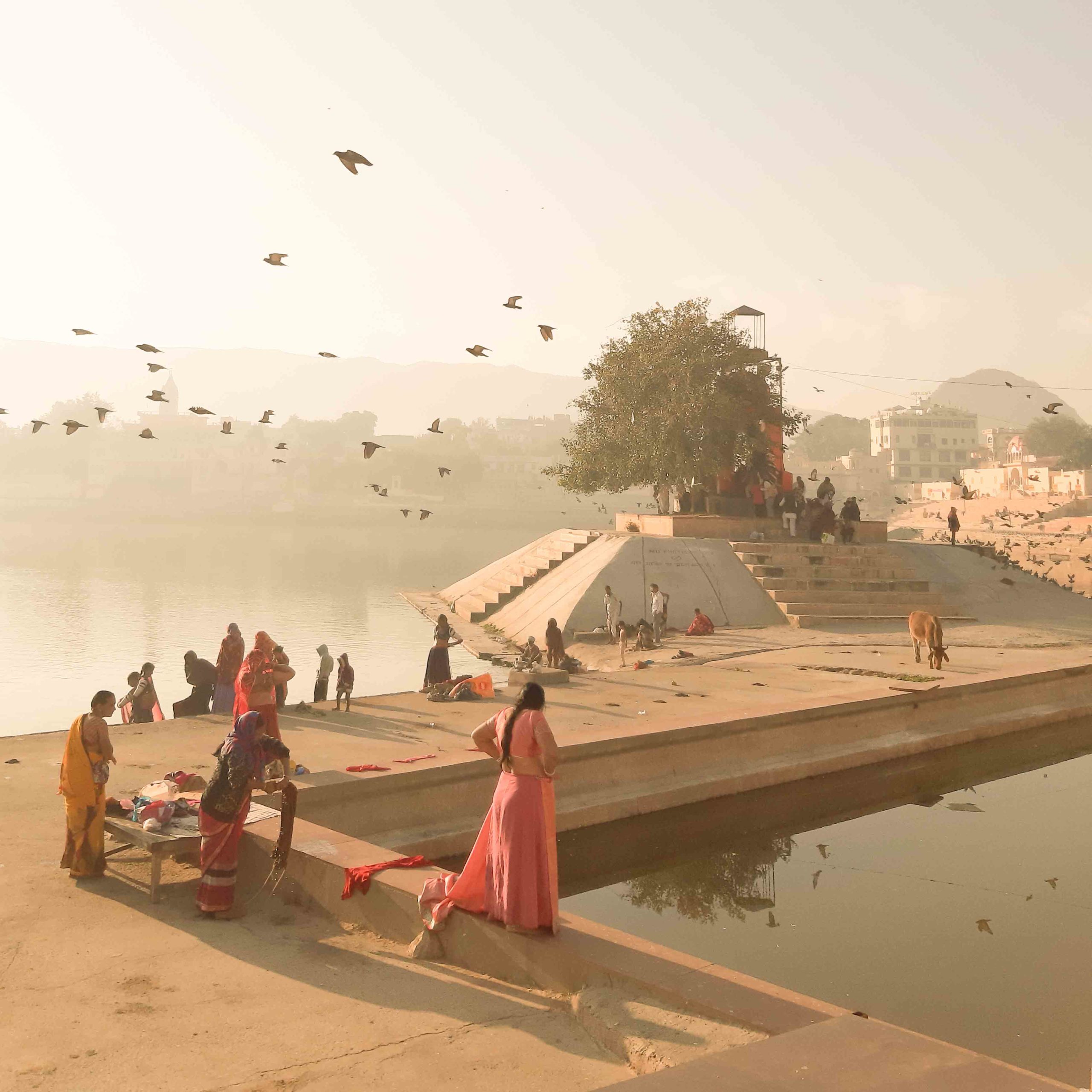
Camel Fair Festival India
Photo Tour Camel Fair Pushkar for Every Level Photography
Take a Look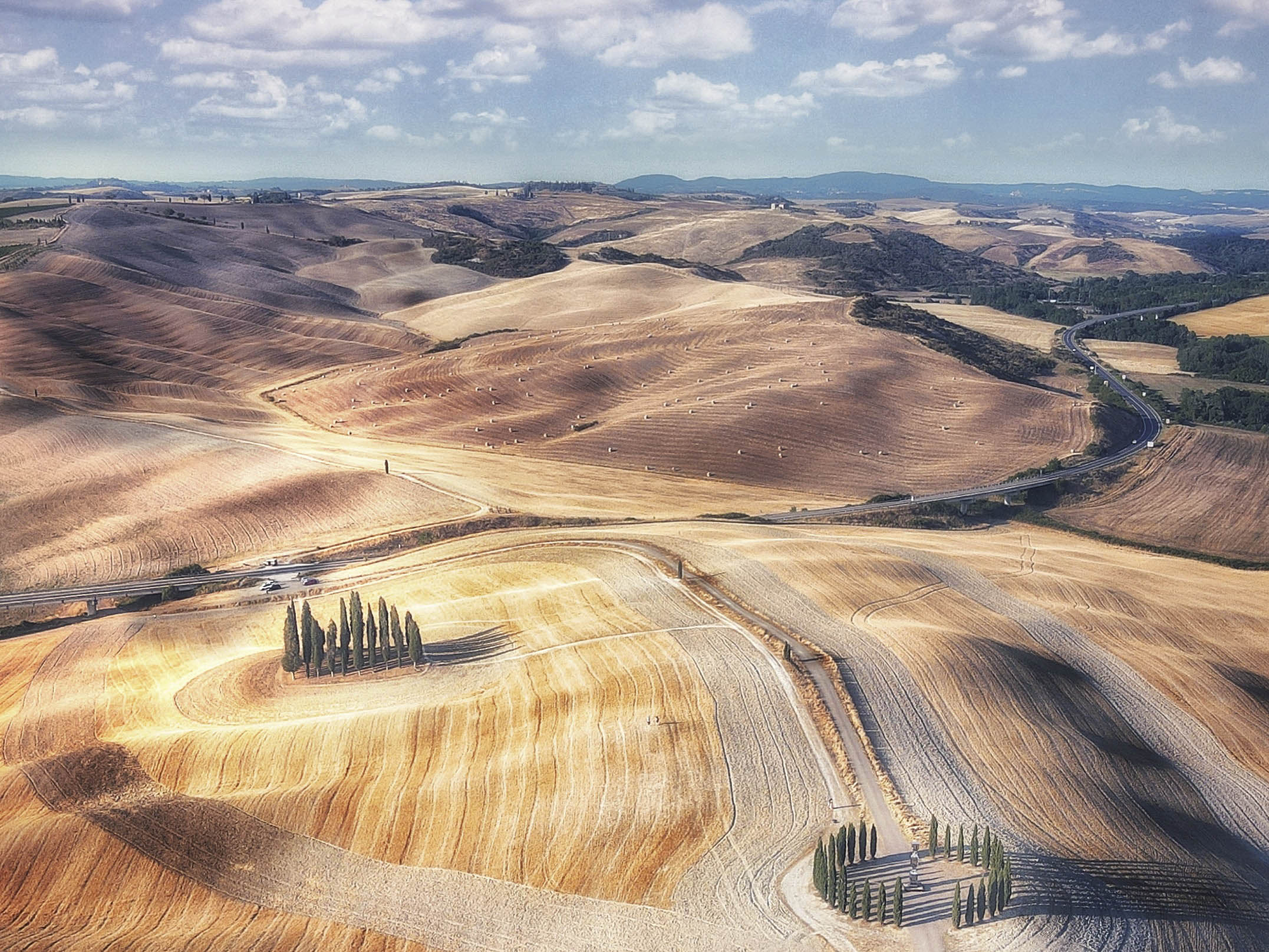
Photography Workshop Tuscany, Spring -Summer
Different Tuscany Workshop Itineraries for every level of Photographer
Take a Look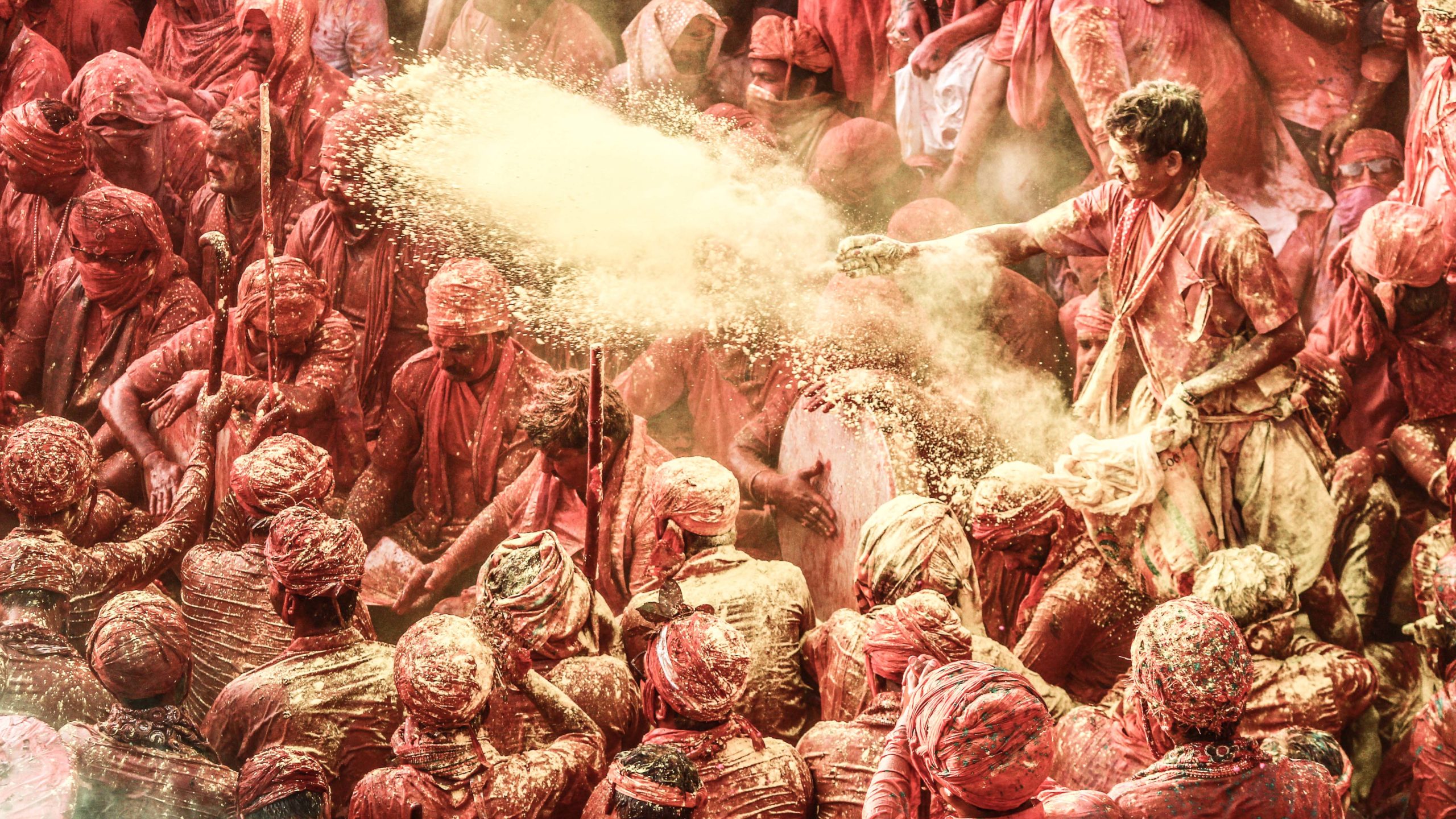
Photography Workshop India
India for every level of Photographer
Take a Look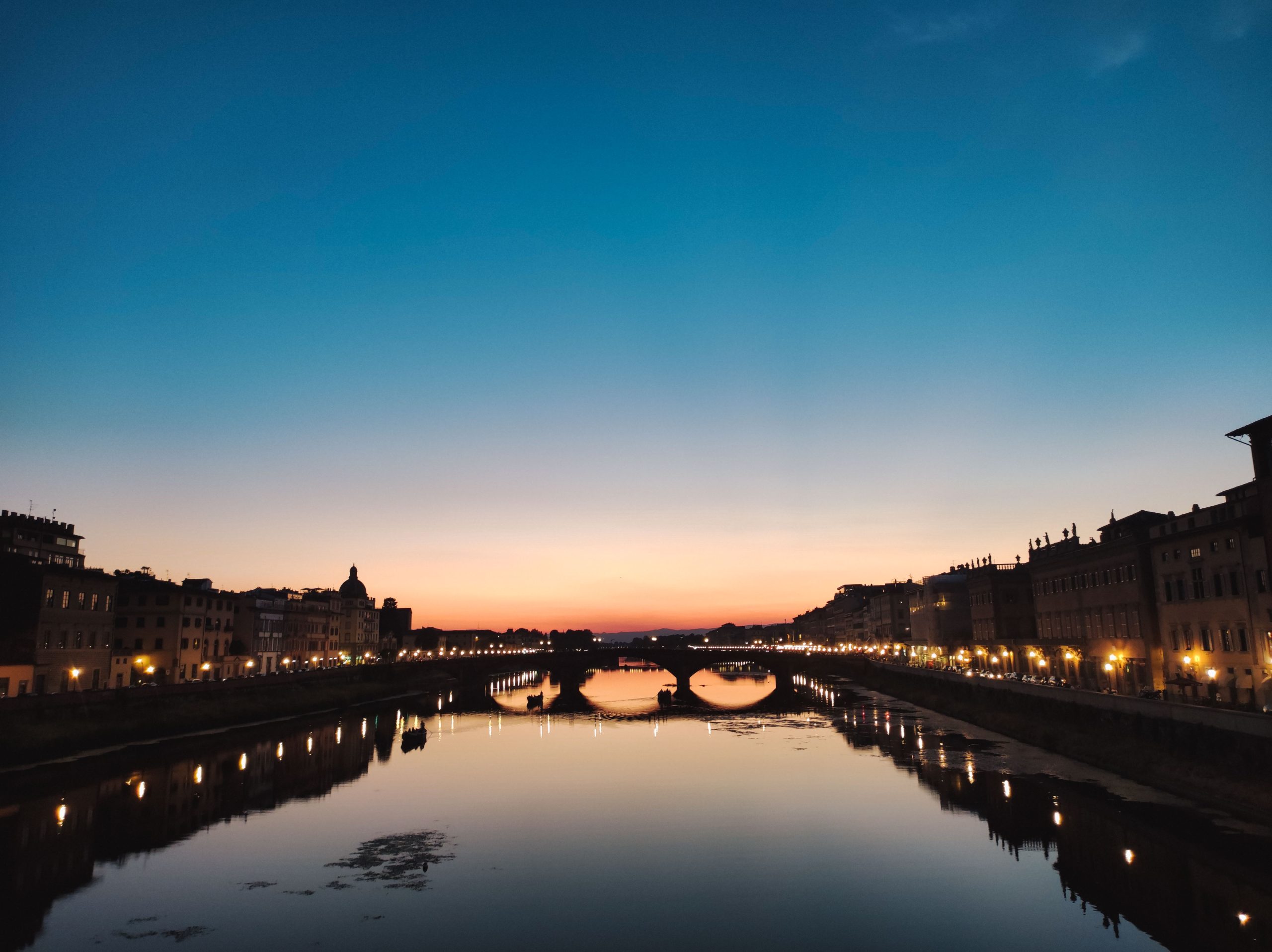
Photo Tour Florence on Request
Photo Tour Florence Available
Take a Look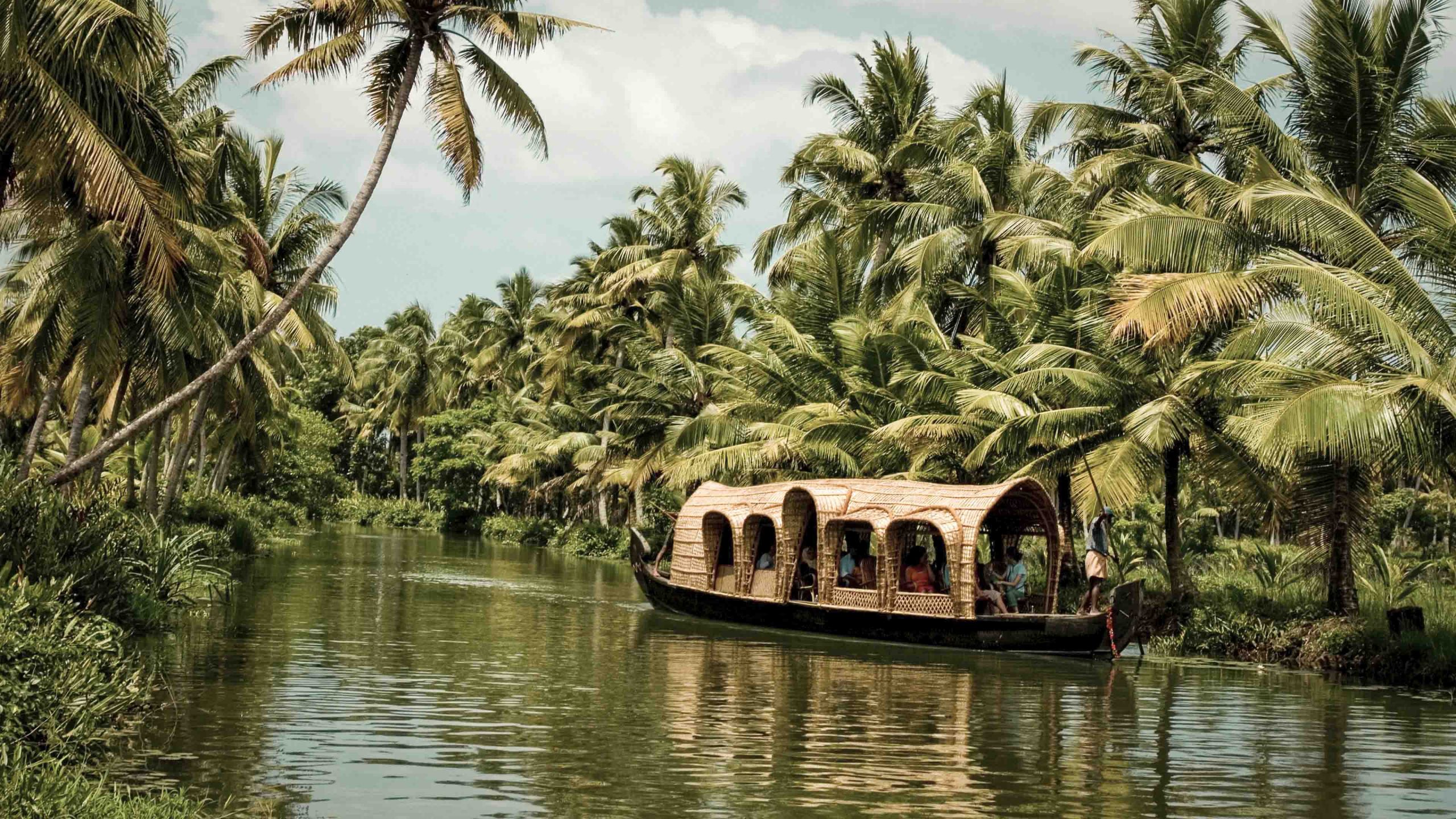
Photography Tour Kerala
Kerala Photo Tour-For Every Level Photography
Take a LookYour Mind is the Key
The equipment and the techniques are important but only instruments because the key in art and photography is your mind. Every people looking the same scene and different one at same time. And every time the results are different.
Study from the Masters
The study of the masters, or even contemporary photographers who you enjoy, can open your eyes to your own work. If you’re just starting out on your photographic journey the lessons from some of the masters will hopefully help you along. In fact, there are many reason why they calls masters and just only looking their works you understand it. In nowadays you have a lot of resources to do that, starting from internet. Anyway I suggest to go in some library or in some museum to look the prints and how are presented. With the time you start realize how is important have a synthesis in every works.
Use The Right Equipment
In order to take quality pictures, you need a quality equipment. This doesn’t mean you have to buy the professional gear but something is reliable. So be be sure you have the right traveling photography equipment. The essential gear to travel photography for beginner is camera with battery and memories card. Then you will add reflectors, artificial lights and tripod.
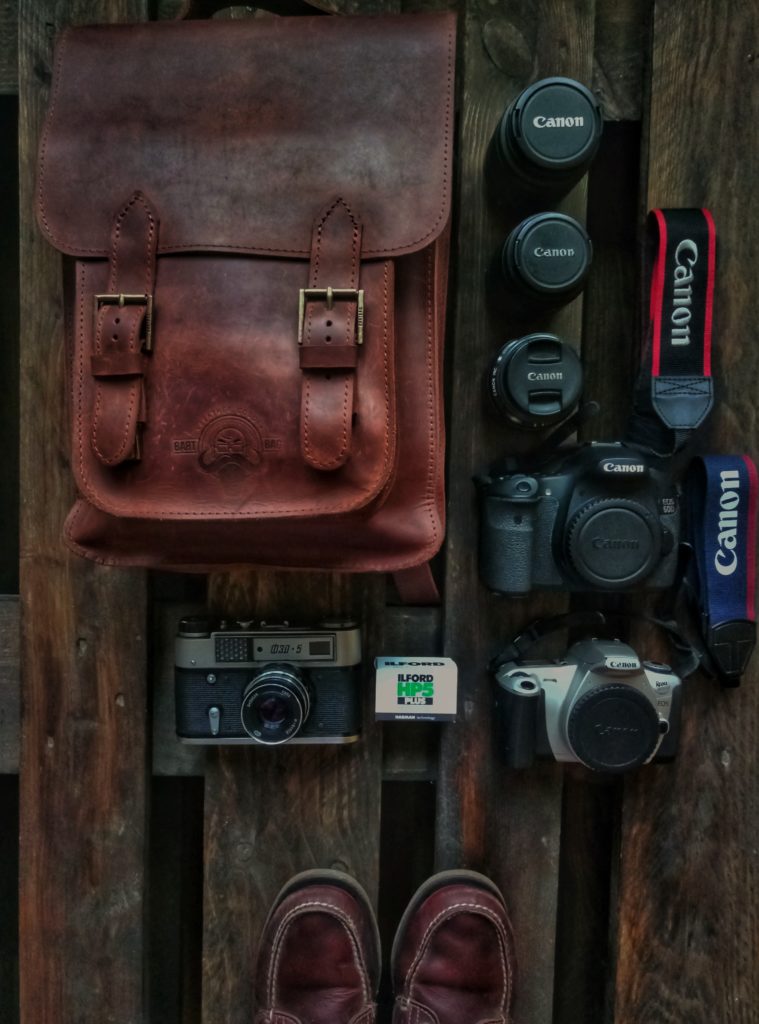
About Lens
When we first started out, we had a 15-85mm zoom lens, giving us a wide and zoom capabilities. After a while, we decided to invest in a 50mm prime lens to get some nice low depth of field photos. We really struggled to adapt and yearned for the ability to zoom. But the more we used the 50mm, the more we understood it as a lens and the more we enjoyed it. Same goes for our 70-200mm lens, which incidentally is our favourite lens. It took ages to get used to, and changed how we shoot many settings.
There’s a lens to suit every style of photography, from portraits to architecture, landscapes and night-scapes. Spend some time learning each lens does (hire or borrow different ones if you need to) and you’ll begin to really understand and appreciate the creative possibilities photography can give.
PRIME LENSES
Prime lenses are lenses with a fixed focal length, they don’t zoom. Also they’re usually sharper than zoom lenses, and more faster. So, this meaning they’ll have a larger maximum aperture, which enables quicker shutter speeds. Often brilliant for portrait or street photography, a prime lens makes you think about the shot more, forcing you to be more creative and finally, moving more. A typical range of lenses for portrait and street photography include: 35mm 50 mm for street photography and reportage , 85mm to 130 are indicated to portrait. Instead Wide Focal ranges are great for landscapes or cityscapes, 16mm and 24mm.
ZOOM LENSES
A zoom lens is pretty self-explanatory , it basically allows the focal length of a lens to be extended. Zoom lenses offer far more focal length than prime lenses, thus making them far better for travel photography, especially if space is an issue.
Zoom lenses will typically have an aperture of f4, meaning they’re not as ‘fast’ as primes, but depending on the quality of the lens, you should still be able to take creative, low depth of field photos. Usually, they’re little less sharp.
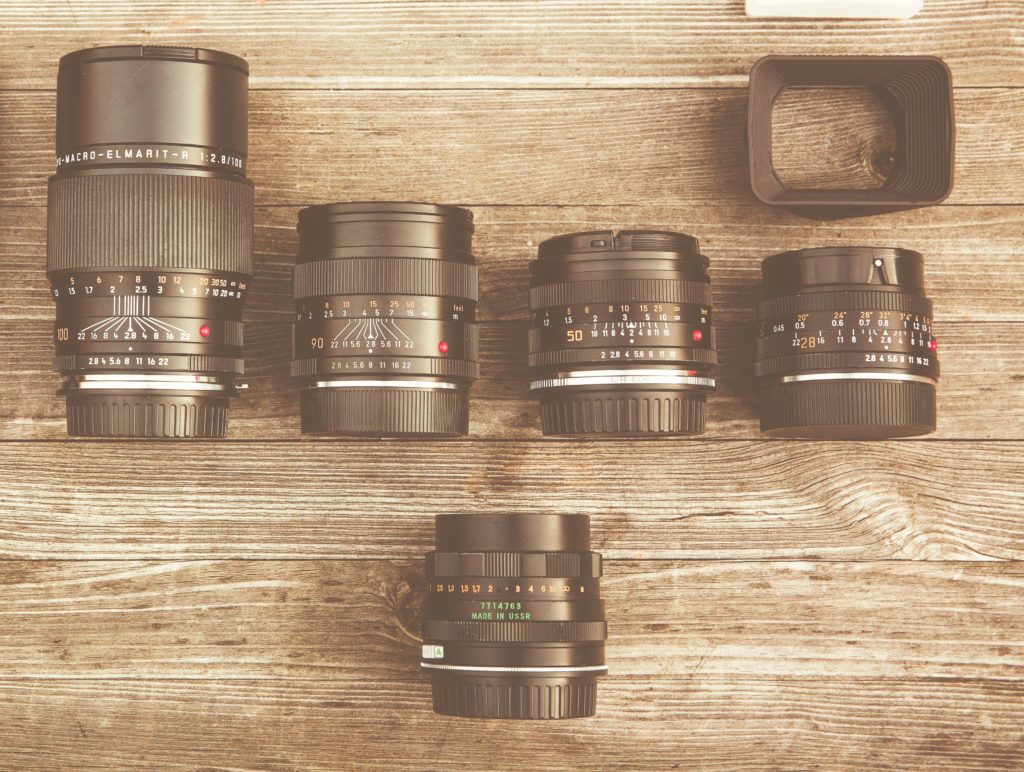
Choose your subject
Every body has their own taste and passion for certain things to capture. So understand since the beginning what you want to shoot can be really a great start. There are many subject in travel photography, and each one as own particularities. You can capture amazing landscape of the nature or of the city, make some portraits in some exotic country or just documentary a festival. Meanwhile you start practice and get more experienced sure you will find your own subject and style.
Get out and Practice
Once you’ve got the basics down, the next most important thing is practice it. You don’t need to be travelling the world to get some practice in. So just take your camera out at every opportunity and try different things. Thinking I what your practice and shooting with no rush, especially if you shot landscape. Can help you yourself if you take notes in what you doing and when back home try to understand what you have done. You will need time to put into photography for improved the skills.
Know how travel
Every Travel Photography Beginners has to know how get out there and explore the world. Can be the easiest part but is not. You will need languages, some mind skills and ready to explore and discovered. So made your own researching about the destination you’re going to photograph. When you do that i noticed how big is the country and how many choice I have to make. Can you start to reading history, culture and contemporary issues. Also take some information about rules and social behavior. Indeed more information you have and more easy will be to have an idea that place. Therefore from them you will be learning a lot of things. Meanwhile take notes and made a checklist can be great and i really recommend to do that. Finally try to be organized to finance yourself and how much gonna cost traveling and add 20%.
Have fun
Can be a struggle to learn the basics, but you can have a lot of fun in process to learning. Travel Photography Beginners should be fun, no doubt all.
